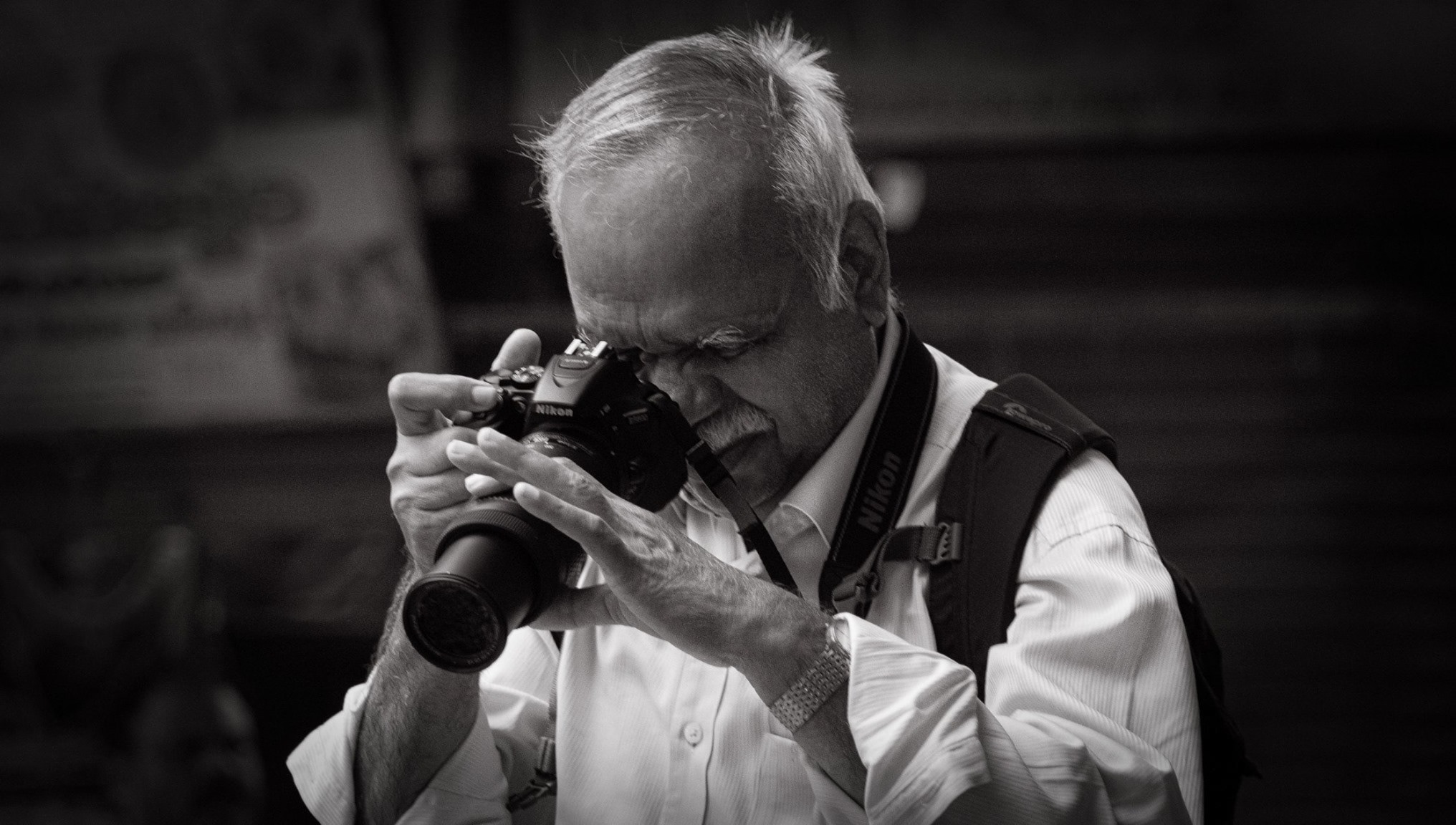eee
In 1978 *Gerard Fokema*, a Dutch Professor visited Karnataka for the first time and documented each and every hoysala temples. Hoysala Era temples are dedicated to Hinduism and Jainism. The Hindu Temples are either dedicated to Lord Shiva or Lord Vishnu. It is very easy to understand which sect a temple belong to. If the name of the temple has suffix "Eshvara", then it is a shiva temple. Normally the suffix may be added to the name of the person who built the temple, or the village it is in or the royal dynasty which commissioned it. So when a man named Bucci built a Shiva temple in the Village called Koravangala, it was known as Bucheswara Temple. *Vaishnava temples* always on the other hand always bear the name of the Deity the temple is dedicated to. The most common Deities are Keshava or Chennakeshava (Beautiful Keshava), Lakshminarasimha and Lakshminarayana. The prefix Lakshmi indicates that the idol of Narasimha and Narayana are worshiped along with his consort Lakshmi Architecture of Hoysala Temple Hoysala Temples consists of multiple parts which are connected to each other. The simplest temples contain just two parts – a *garbhagriha*(literally womb house) or small hall which contains the idol, and a large hall outside the shrine, where the devotees gather. Above the shrine is a large tower, known as a *Vimana*. More complex floor plans may consist of a closed hall, an open hall, and a covered porch. A smaller tower on top of the hall, in front of the “Vimana”, is called a *sukanasi* or nose. Temples are usually built on a raised plinth, known as a *jagati*, which provides a path to devotees for circumambulation of the temple, which is an important part of the worship rituals. The interior of the garbhagriha will generally contain 1, 2 or 3 shrines or “Mantapa” and there may be further minor shrines in each corner. The floor plan is always a square, a staggered square, a star, or a permutation and combination of all of them. This gives the exterior of the temple a large number of recesses which are richly decorated with carvings of deities and scenes from Hindu epics and mythology. Hoysala temples are generally made of soapstone.
